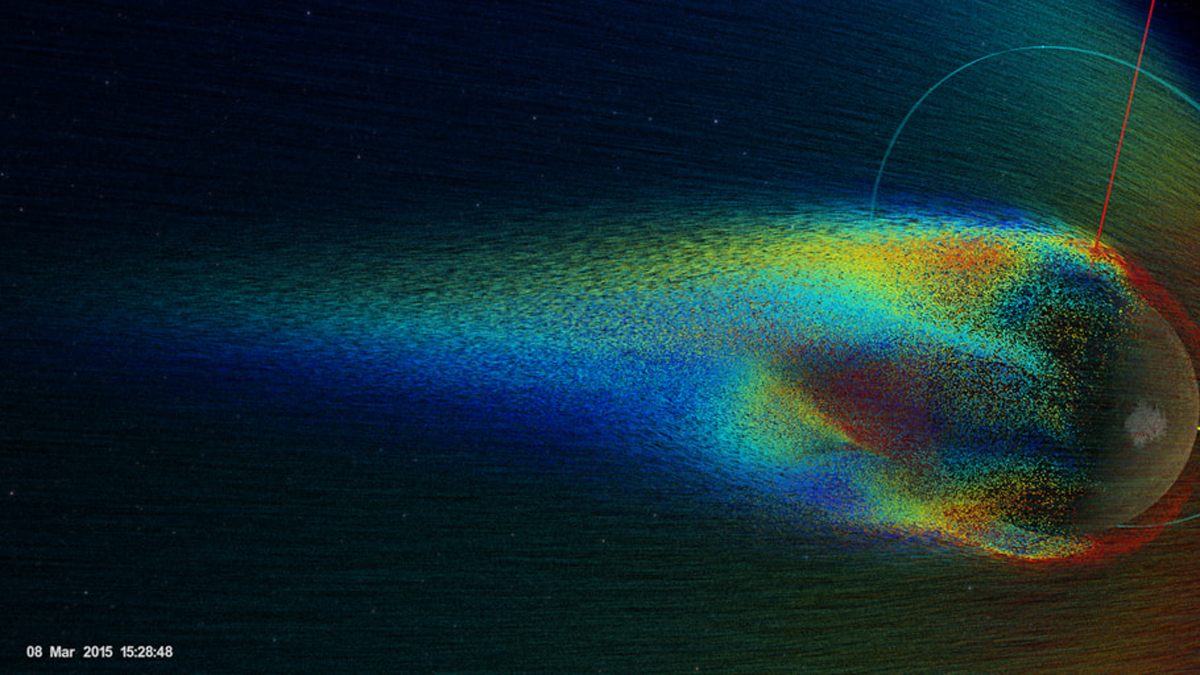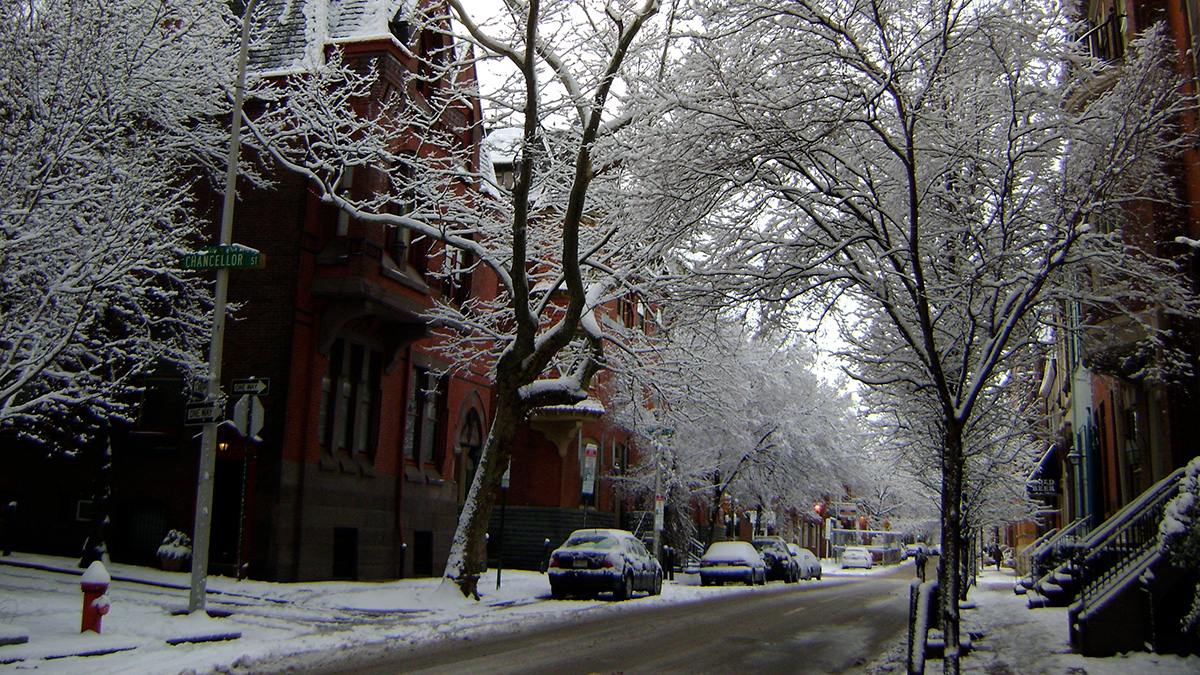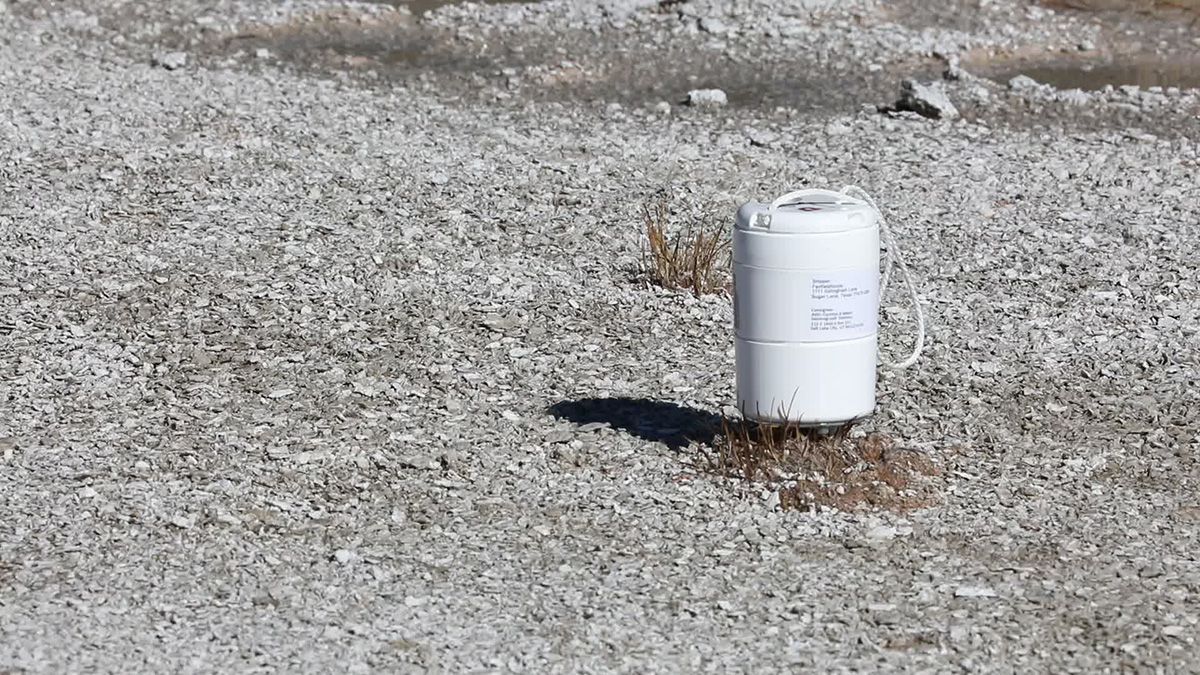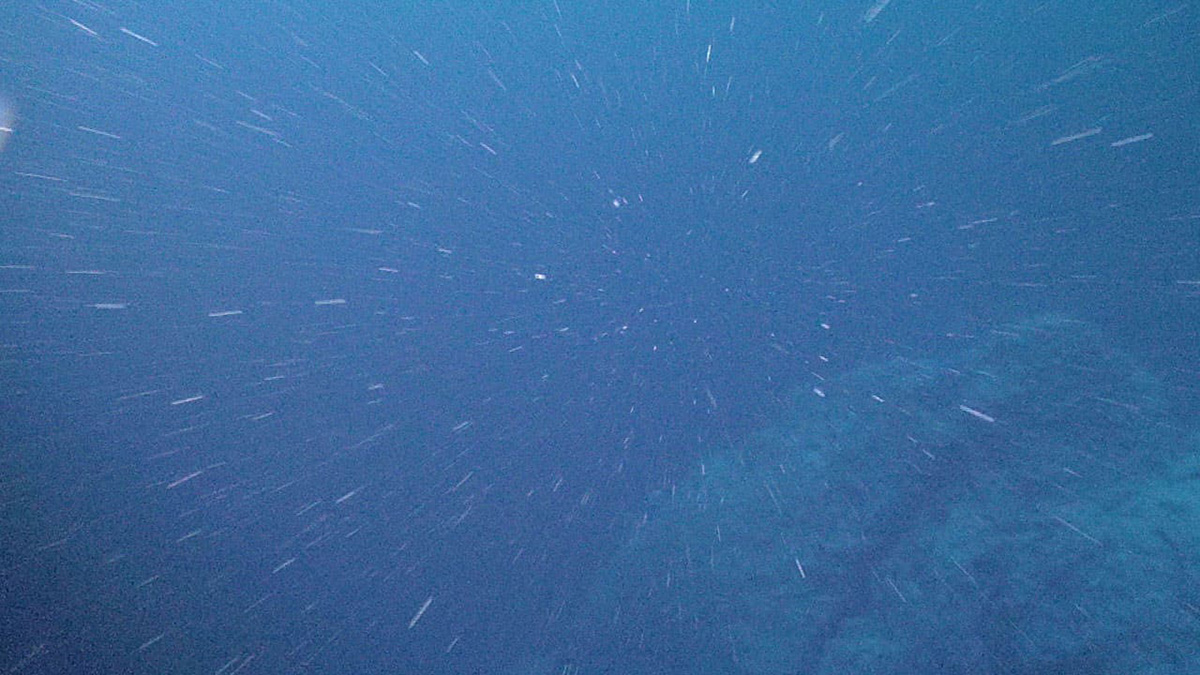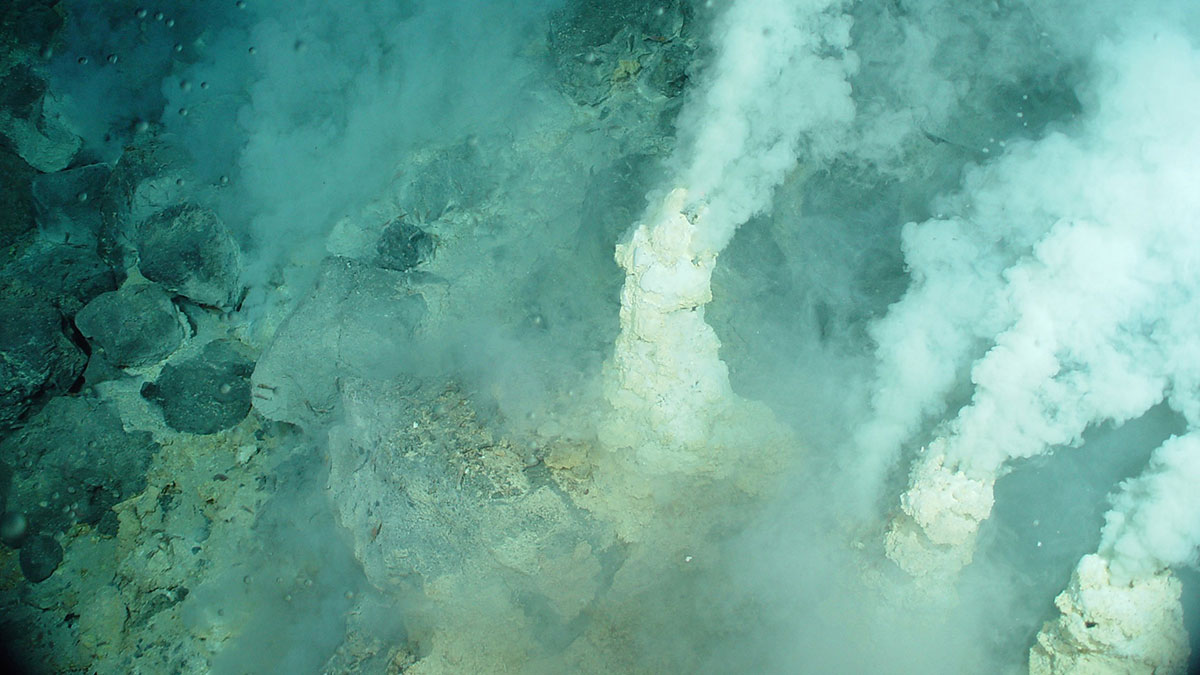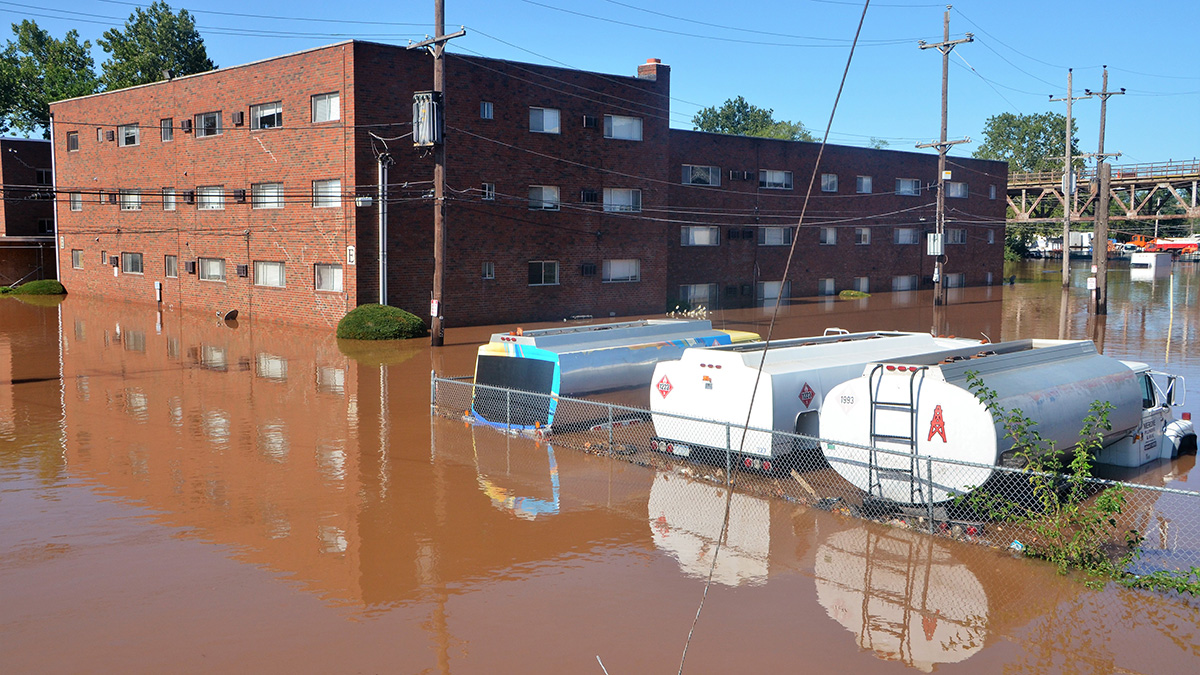NASA的MAVEN探测器观测到的碳通量与模型相符,比氧离子低1到2个数量级。
Research Spotlights
Research spotlights are plain-language summaries of recent articles published in AGU’s suite of 24 journals.
Estimating Heat Wave Frequency and Strength: A Chicago Case Study
Numerical modeling shows widespread impacts of the 2012 Chicago heat wave, shedding light on heat wave and urban heat island impacts on the city’s temperature.
Finding Moons’ Hidden Oceans with Induced Magnetic Fields
A principal component analysis of speculative models can more confidently predict the presence of a planetary object’s subsurface ocean than previous techniques.
Road Salts Linked to High Sodium Levels in Tap Water
Use of deicing agents may sometimes raise sodium levels in drinking water beyond healthy limits for people on salt-restricted diets.
¿Cuánto tiempo permanecen las partículas de carbono negro en la atmósfera?
Investigadores descubren cómo el carbono negro evoluciona de partículas hidrofóbicas a sitios de nucleación de nubes, removiendo eventualmente las partículas que absorben calor del cielo.
Potential of Leaking Modes to Reveal Underground Structure
Instead of waiting for earthquake waves to tell scientists about the structure of Earth’s interior, scientists can now use ambient noise from humans to “see” underground.
The Seasonality of Oceanic Carbon Cycling
Scientists uncovered how seasonal changes affect the amount and rate of carbon as it moves from the ocean’s surface to its depths.
ICON Principles Underused as a Natural Hazards Research Tool
Scientists identify barriers to and opportunities for applying integrated, connected, open, and networked research strategies to natural hazards studies.
A Simple Model Predicts Household Lead Exposure Risk
Using both sample data and crowdsourced science, a new model effectively identified houses at risk for higher concentrations of lead.

